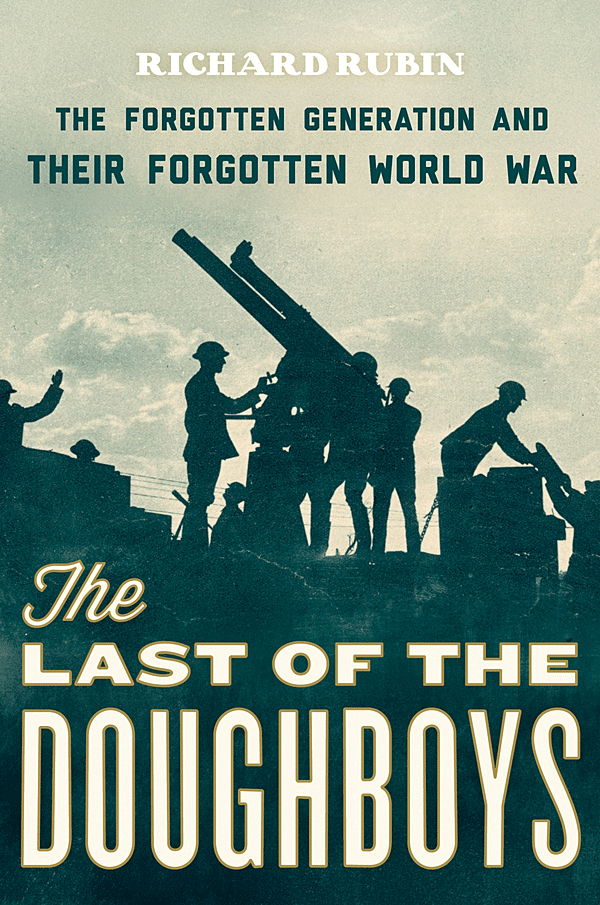Synchronicity…and Joy
“Like many societies, the novel is a hybrid construction pretending to be an organic miracle. From its beginnings, fiction has had  borderless relations with nonfictional sources, has found ways to incorporate and exploit journalism, biography, historical texts, correspondence, advertisements, and images. But, since fiction is an invention masquerading as a truth, the riot of intertextuality is often craftily smoothed into a simulacrum of orderly governance: these different materials, the novelist seems to say, possess an equivalent fictionality, and just naturally belong together like this–trust me. Some of the pleasure of reading novels, perhaps especially modernist and postmodernist ones, has to do with our simultaneous apprehension of invention and its concealment, raw construction and high finish. We enjoy watching the novelist play the game of truthtelling.” James Wood, The New Yorker (June 23, 2014)
borderless relations with nonfictional sources, has found ways to incorporate and exploit journalism, biography, historical texts, correspondence, advertisements, and images. But, since fiction is an invention masquerading as a truth, the riot of intertextuality is often craftily smoothed into a simulacrum of orderly governance: these different materials, the novelist seems to say, possess an equivalent fictionality, and just naturally belong together like this–trust me. Some of the pleasure of reading novels, perhaps especially modernist and postmodernist ones, has to do with our simultaneous apprehension of invention and its concealment, raw construction and high finish. We enjoy watching the novelist play the game of truthtelling.” James Wood, The New Yorker (June 23, 2014)
A lot of three-dollar words there (sorry), but a rather splendid idea, and one I had been thinking about all day, even before coming home and finding that a new issue of The New Yorker had arrived.
My new writing project is a novel set in 1926. Its point-of-origin is a family story, an anecdote really, about my great uncle and his courtship of a married woman. I know NOTHING about this, mind you, only the anecdote, that’s how my family tells stories, one line. But that’s been enough to entice me into creating an entire fictional world around a couple in a small town between the world wars. My main character is the woman, and I’ve made her husband (the current one) her second husband. Her first, the love of her life (or so she thought) and the father of her two children, died in the Great War.

That, and meeting a dog trainer last night who totally “gets” our dog.



